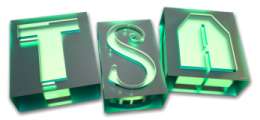Hallo!
Ich habe vor 2 Wochen meinen PC umgerüstet von einem AMD Athlon 2.220+, 512MB RAM, auf einen AMD Sempron 3.300+, MSI K8T Board und 1.024 RAM.
Laufwerke sind die selben geblieben, genau wie Grafikkarte (MSI GForceFX 5700) und die Soundkarte (SB Audigy 2) und das USB-DSL-Modem (Acer Surf-USB).
Und genau dieses Modem macht seit dem Umbau Probleme beim Systemstart. Meistenteils bleibt der Rechner an der Stelle hängen, wo das System (XP Prof SP2) auf den Desktop umschalten müsste. Der Bootvorgang wird erst dann fortgesetzt, wenn ich kurz das USB-Kabel vom Modem abziehe. Danach funktioniert alles wieder so, wie es sollte.
Vorher bleibt die Bereitschaftsanzeige des Modems aus. Auch längeres Warten hilft da nicht. Selbst in den abgesicherten Modus kommt man nicht, wenn man das Modemkabel nicht abzieht.
Treiber sind alle aktuell. Wobei das bei dem Modem als relativ anzusehen ist, da es dort seit ein paar Jahren kein Update mehr gab...
Hat von Euch jemand eine Idee, warum seit dem Umbau das Modem beim Systemstart in 99 von 100 Fällen nicht direkt aktiviert werden kann?
Ich bin für jeden Tipp dankbar!
Gruß,
Cineatic
PS: Auswahl eines anderen USB-Anschluss brachte übrigens auch nichts

